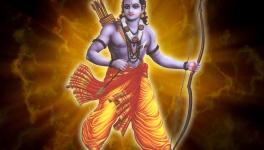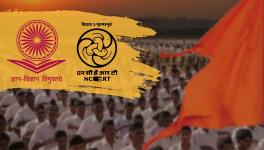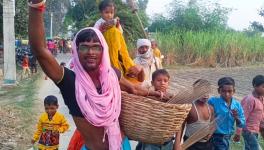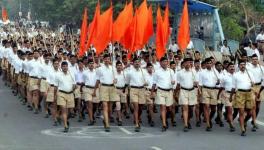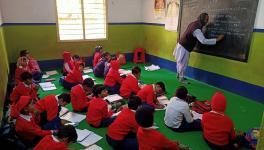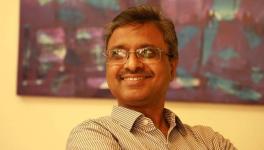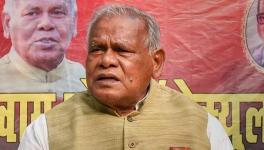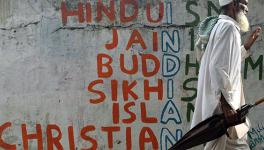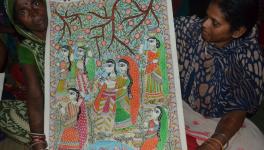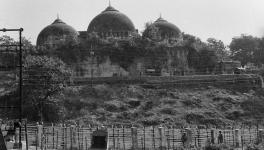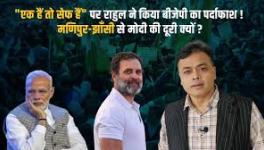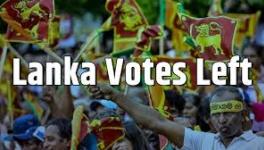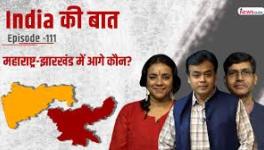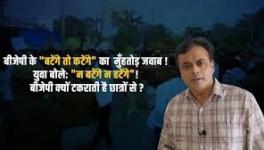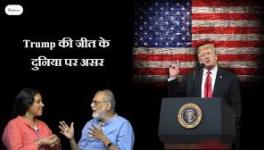The Social Fabric of Dhanuyatra: Cultural Continuity in a Changing World
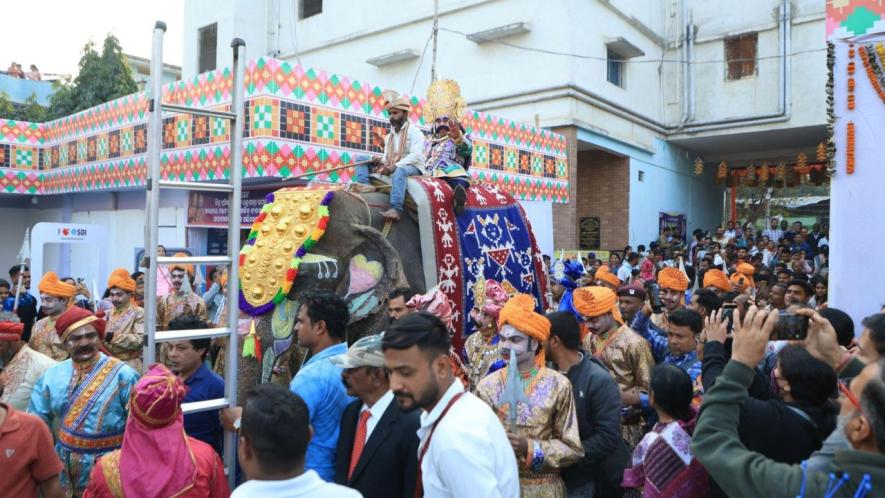
Source: Instagram
"Dhanu Yatra" is derived from two words: "Dhanu" (bow) and "Yatra" (journey or procession). It literally translates to "The Festival of the Bow" or "The Journey of the Bow", symbolizing the role of Lord Krishna’s bow, which is a key element in the mythological story where Krishna kills Kansa. Dhanu Yatra, which marks the victory of good over evil, has its roots in the post-independence era of India. It is widely believed to have originated in 1947-48 in the town of Bargarh, Odisha, as part of the celebrations marking India's independence from British rule. The labor class in Bargarh, which included workers from various industries such as agriculture, daily wage laborers, and others, played a significant role in the creation of Dhanu Yatra. According to some local accounts and historical interpretations, these workers, who were directly engaged with the community and local culture, sought to create a festival that reflected the themes of freedom, liberation, and resistance to oppression—values that were deeply associated with the independence movement.
Dhanuyatra holds a significant place in the Guinness World Records for being recognized as the "Largest Open-Air Theater". This record was awarded for the sheer scale and participation of the festival, which transforms the entire town of Bargarh, located in the western part of Odisha, into a live stage for dramatic performances. It usually takes place during the month of January and lasts for about 10 to 11 days. The highlight of Dhanuyatra is the dramatic recreation of episodes from Krishna Leela and Mathura Vijaya with a special focus on the killing of the tyrant king Kansa. The festival involves a series of street plays, performances, and processions, where participants dress up as characters from the Mahabharata, Ramayana, and Krishna's life. One of the remarkable aspects of Dhanuyatra is its inclusive nature, where the festival transcends all social and caste barriers. In this grand celebration, people from all walks of life, regardless of caste, religion, or social status, come together and participate in the festivities as equals.
Dr. G.N Devy, a well-known scholar of Indian languages and cultural history, particularly in the context of the indigenous knowledge system has written about the role of oral traditions and folklore in shaping Indian society. According to Devy, festivals like Dhanuyatra represent the preservation of folklore through public performances, which are not only artistic but also have deep moral and social lessons embedded in them. Dr. Partha Chatterjee, a prominent political historian, has written about the relationship between festivals and regional identity, especially in the context of nation-building. Dhanuyatra is a significant regional assertion of identity in post-colonial India. Can be considered as of how traditional practices can reinforce local identities, especially in a time when such identities are often under threat by external forces or rapid modernity.
The festival, with its open stage, open script, and immersive atmosphere, is a reflection of India's rich storytelling traditions. But how does a centuries-old tradition like Dhanuyatra find its place in the modern, fast-paced world of OTT (Over-the-Top) content? Here are the few factors:-
1. Open Stage, Open Script: A Fluid Performance
One of the most unique aspects of Dhanuyatra is its open-stage format. The entire city of Bargarh streets, squares, and parks turn into an expansive stage for thousands of actors, performers, and spectators. The "open script" nature of the festival means that performances are highly adaptable and can be shaped by the environment, turning any street corner into a pivotal scene of the Ramayana. The fluidity and organic nature of folk festivals like Dhanuyatra could potentially thrive in digital formats, where live-streamed or interactive performances might allow viewers to engage in dynamic ways. However, while such technology can broaden the reach of these festivals, it also raises concerns about preserving the authenticity and community-driven spirit that define them. The physical presence and collective experience, central to the festival's cultural significance, may not fully translate into the digital space, challenging the balance between global accessibility and local tradition.
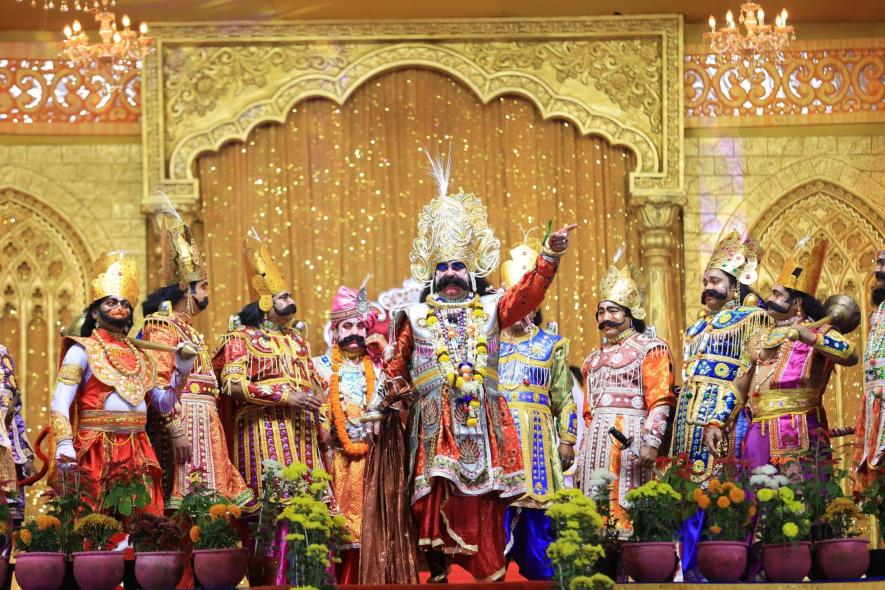
Source: Instagram
2. A City Transformed: The Living Festival
During Dhanuyatra, the city of Bargarh undergoes a complete transformation, with its streets becoming dramatic stages and local markets turning into spaces for mythology and storytelling. Even the roads serve as sets for vibrant performances, immersing residents and visitors in a living retelling of the Ramayana. In the midst of the hustle and bustle of daily life, this grand spectacle serves as a reminder of the deep cultural roots and spiritual significance that still resonate within the community, offering a unique experience that binds people together in shared tradition and devotion.
3. Cultural Significance: Celebrating Mythology in Modern Times
Dhanuyatra brings together mythological storytelling, local traditions, and community participation, celebrating Indian culture in its rawest and most unfiltered form. However, in the modern age, the challenge lies in retaining that authenticity while reaching a broader, global audience. A documentary-style series could capture the intricacies of Dhanuyatra—highlighting its historical roots, the efforts of local artists, the symbolic representations of Lord Krishna’s life, and the vibrant celebrations. Such a series could serve as both an educational tool and a cultural artifact, bridging the gap between India’s mythological past and contemporary viewers. Incorporating interviews with local performers, cultural experts, and historians would deepen the audience’s understanding, offering intellectual insights into the significance of each scene, and showcasing the convergence of ancient storytelling with modern mediums. This would not only attract those interested in Indian culture but also those fascinated by the preservation of traditional narratives in a rapidly changing world.
5. A Global Platform for Local Culture
One of the challenges facing local and regional cultural festivals is how to present them on a global stage without losing their authenticity. Festivals like Dhanuyatra have the potential to reach new audiences, especially those interested in traditional theater, mythology, and immersive experiences. By adapting the presentation to fit both the regional roots and a global context, it is possible to showcase the festival's rich cultural heritage while preserving its local significance. This approach would help bridge the gap between traditional performances and modern-day viewers, ensuring that the essence of the festival is not diluted, but rather celebrated and appreciated worldwide.
Thus, the journey of the actor who plays Kansa to Puri after the completion of the Dhanuyatra festival is a symbolic purification ritual, emphasizing themes of repentance, redemption, and the spiritual transformation of the individual. It is a unique and profound aspect of the festival that ties in religious beliefs with theatrical performance.
In this context, the growing trend of digitizing folk festivals for a larger, often global, audience raises important questions about how to preserve authentic traditions while embracing new mediums of engagement. The power of community participation and shared cultural experience, which are at the heart of such festivals, might not fully translate into the digital realm, unless careful thought is given to maintaining their inclusive and interactive elements.
The author teaches in the Department of Sociology at Maitreyi College, University of Delhi.
Get the latest reports & analysis with people's perspective on Protests, movements & deep analytical videos, discussions of the current affairs in your Telegram app. Subscribe to NewsClick's Telegram channel & get Real-Time updates on stories, as they get published on our website.









